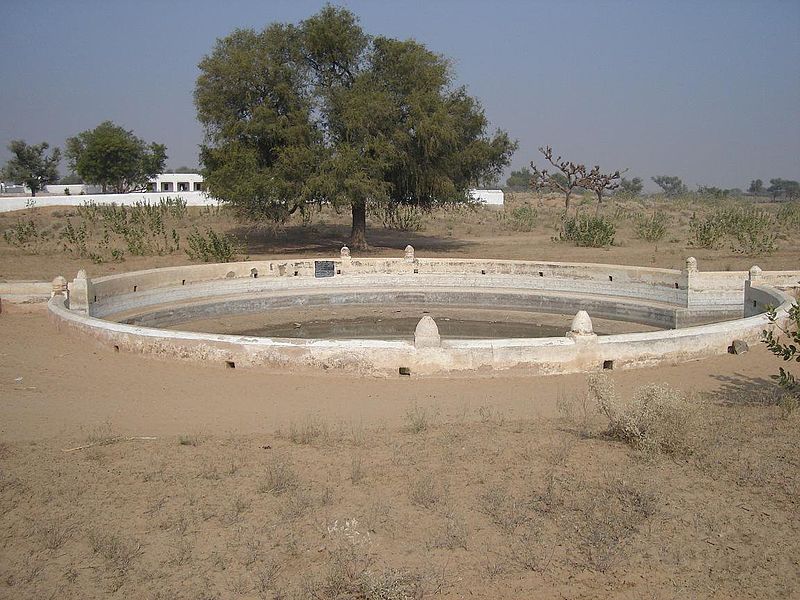Chennai and its neighboring districts once used to have more than 6000 water bodies. These water bodies used to serve as a catchment area for rainwater, thus replenishing the groundwater levels. Rampant development has destroyed these water bodies and the current count stands at 3896. India receives enough rainfall to meet the requirements of a billion citizens. As per Central Water Commission, India requires at most 3,000 billion cubic meters of water annually and receives 4,000 billion cubic meters of rain. However, due to negligence and misuse, a large portion of the water is wasted.
According to a recent NITI Aayog report, 21 Indian cities will run out of groundwater by 2020 if usage continues at the current rate. On June 17, Amitabh Kant, CEO, NITI Aayog, tweeted “Water is the biggest challenge India faces. India has 16% of the world’s population but only 4% of the world’s water resources. Groundwater accounts for 63% of our irrigation needs. We need to do sustainable groundwater usage, recharge aquifers, restore water bodies and reuse wastewater”.
Government’s fire-fighting strategy has resulted in temporary solutions without focusing on long term results. The state government has announced a 220 Km long train that would travel from Jolarpettai to Chennai carrying water at a cost of Rs 65 crore per day.

Three desalination plants have been set up. However, these plants consume a lot of energy to convert saltwater to freshwater and discharge toxic brine. The brine would worsen the already degrading coastline.
In 2003, under J. Jayalalithaa, rainwater harvesting(RWH) was mandated in Tamil Nadu. This meant that newer apartments had to have RWH component in their building plan for obtaining approval. The order also mandated existing buildings to install RWH structures. In 2019, an audit by Rain center revealed that several government buildings did not have functioning RWH structures.
In Alwar district of Rajasthan, villagers have brought back life to once barren but now verdant valley by building small-scale earthen dams known as “Johads”. Thousands of such structure have been constructed throughout the district to capture monsoon rain. As a result, aquifers have recharged and wells, that have remained dry for over 30 years, have bubbled back to life.

In Kumbharwadi, locals were engaged in tree plantation and construction of land sculpture to capture rainwater. Since then the groundwater level has risen and soil fertility has improved. In four years, villager's dependency on water tanks disappeared.
A sustainable alternative to tackling the water crisis in Chennai, and all major cities, would be to restore existing freshwater sources. Infrastructure development in existing wetlands should be curtailed. Reforms need to be in place to ensure RWH structures are operational. The groundwater level should be measured and priced progressively. Sustainable governance solution along with public participation would help India avert such a crisis in the future.


















Comments